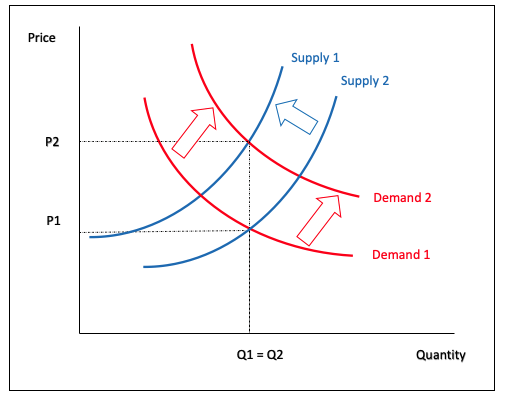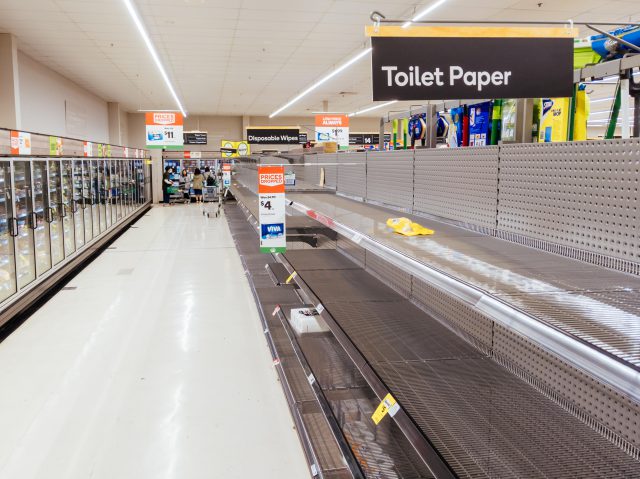Dynamic Pricing is the process of updating your prices regularly (eg daily or hourly) for each product based on supply, demand and competitor activity. Dynamic Pricing can increase revenue by up to 40%. This happens in 2 ways:
- When demand is high you can maximise the amount you charge without sacrificing too much volume
- When demand is low you reduce prices and sell product that you would otherwise not have sold at all.
Let’s look at an example of how Dynamic Pricing works in practice. Suppose you are a implementing Dynamic Pricing in a hotel with 50 rooms. Today is the 1st of February. For the stay date of 1st of March (1 month away), you have already sold 20 rooms, so there are 30 still available. This is fairly normal for 1 month in advance of the stay date, because you normally get bookings within the last month.
Then, something interesting happens: Suddenly, 10 of the available rooms are booked, leaving only 20 remaining. This tells you 2 things:
- Demand appears to have increased.
- Remaining supply has now decreased: There are only 20 remaining rooms instead of 30.

Any first year economics student can tell you than when demand increases and / or supply decreases, then you should increase prices. This article explains the economics of dynamic pricing in simple terms.
To implement Dynamic Pricing effectively, you should have systems in place to automatically update and optimise your prices so that you can maximise revenue.
Dynamic Pricing is often used in industries with these characteristics:
- Industry supply is limited in the short term. If demand increases, you can’t suddenly increase the volume by hiring more staff or increasing production. The result is that when demand surges, prices can be increased.
- The product is “perishable”. If the product isn’t bought by a certain time then it is worthless. The result is that when demand is weak, prices should be reduced. It is better to sell a something at a reduced price than to sell nothing at all.
Examples of these industries are flights, accommodation, sharing market places, ride sharing, event tickets and anything that can be rented or hired. If you work in one of these industries and you don’t use Dynamic Pricing then you are at a significant disadvantage compared with your competitors. The chances are they are using Dynamic Pricing already, or are currently working on a project to do so.




